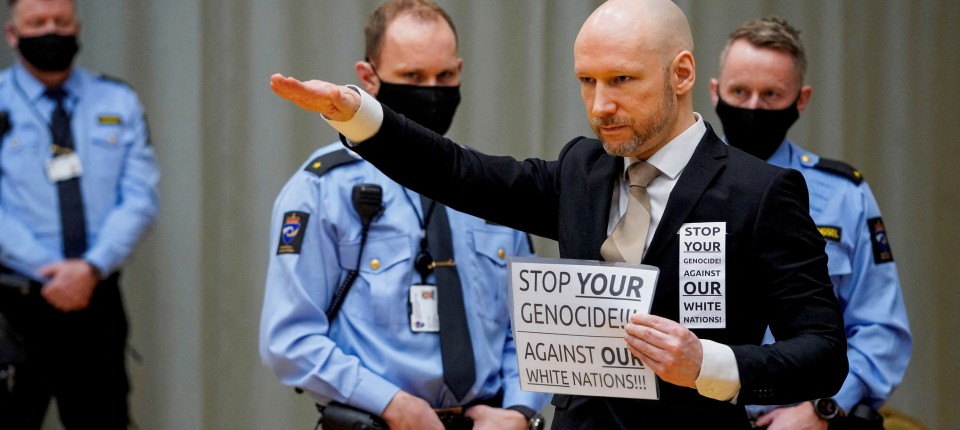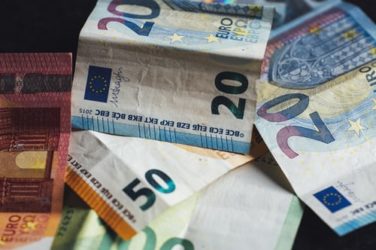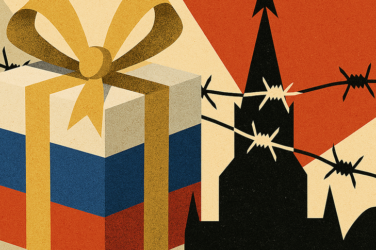Anders Behring Breivik has been locked up in Norway since his terror act of 21 July 2012 when he shot 77 people and inflicted serious wounds to a large number of people during one 48 hour long period of violence. He is under a “custody sentence” with a minimum time of 21 years. This type of sentence is time-unlimited in the sense that when the minimum time has expired, the court may still decide to hold him in custody. This kind of sentence is used for criminals that are particularly dangerous and there is a danger for repeat crime. Breivik has now, as the law allows, gone to court asking to be released on parole. Under a “custody sentence” he has the right to do so after 10 years. If his case is rejected he has the right to bring it to the courts after one year. It therefore is a possibility that similar court cases may be an annual event. However, the former Attorney General has argued that, for Breivik, annual events should be eliminated and he should not be permitted to make a subsequent appeal until after three years have elapsed. This approach is currently the subject of differing views.
Information about experience with such parole cases in Norway is scanty. As of August 2017 there were 102 persons being held. Prior to that time, it is known that in 2012 some 200 people had been given the same kind of sentence as Breivik, and of these 110 had been released on parole. Within that group, 28 people had been granted temporary parole, which is what Breivik is seeking.
A temporary court room has been set up in a gymnasium in Skien Norway where he has been imprisoned since 2012. His defence holds that he should be given better treatment in custody, this despite the fact that he has three interconnected cells with daylight, TV, shower, toilet, fridge, PC, training apparatus, music system and game console. He may go outside one hour every day and has access to a newspaper every morning. During his time in custody he has received studies, received lessons and taken exams at university level with good results.
Norwegian media overwhelmingly believe that his attempt will fail, particularly after the psychologist who has examined him several times has come out clearly: There are no signs that he has improved and the danger of him repeating gruesome deeds is ever present. The psychologist feels this will be the situation as long as he lives and as long as he does not take a noticeable stand to change. His repeated Nazi salutes in the court room and presentation of his self designed posters with right wing propaganda saying «Stop your genocide against our white nation» seems a clear sign that he does not have in mind a major change. Neither has he shown any signs of regret or compassion for his victims. His defence lawyer holds that his jail conditions are in large measure to blame for his inability to change and recommends changes in his jail regime. Breivik has in the past gone to the EU courts to charge government for holding him under unreasonable conditions but been refused.
Norway has clear laws against hate speech and hate actions. Thus far, however, Breivik’s brandishing of posters and the rest has not been perceived as contravening those laws.
In the media the emphasis has not been on whether he is guilty or should be released and clearly sees him behind bars for the foreseeable future. The debate has rather been on the way in which the court case is conducted and whether and how it might affect the the view of Breivik and the crime inside and outside Norway. How will the battle against the extreme right wing and racialism be affected by the “show” put on in the court room? The extreme positions are, on one side, complete and open reporting of the case, and on the other side, complete ban on all recording. Key arguments are that closed proceedings will create even more rumors and fake news etc. whereas it is argued that an open process will create a stage for ultra right wing propaganda which Breivik wants to use (surmising that he does not really believe that he will be granted parole)
Important media in Norway are the public radio/TV channels (primarily NRK1) the private channels (TV2, TV Norge, VGTV) and the big dailies Aftenposten, VG and Dagbladet. These have taken different positions regarding their coverage of the ongoing Breivik case.
The NTB, the central Norwegian news bureau, from 1918 owned by the Norwegian press society as a share holding company by the newspapers in Norway, have been granted rights for direct film distribution of the proceedings. No other media have applied for such rights. It will be a pool arrangement so that all interested papers will be able to use the NTB reports.
NRK covers the case but not in the form of moving pictures. The media TV 2, VGTV and Dagbladet will use NTB’s live broadcast which has however a built in delay which presumably makes it possible to exclude unsavory or unwanted sequences. TV Norge will as TV2 and the others mentioned above use the NTB recording.
The Christian newspaper Vårt Land has commented that the control exercised by two of the media is poor. They had both let through sequences where Breivik showed his posters and the label of right wing propaganda he wore on his lapel. Vårt Land feels that Breivik intended messages have been let through to an unacceptable extent. “His English language posters are now all over the world”. Although they feel this strengthens the case of the prosecutors they recommend to “switch the PR show off immediately”.
Medias like Dagbladet argue against this and say that they believe that Breivik Nazi salute in the opening sequence will be an important issue when the sentence is passed. TV2 however did not send the salute sequence at the opening saying that it will not send sequences where his messages is clearly shown. Aftenposten though, the biggest paper in Norway will not stream media, saying they will be present in the court room with journalist, commentator and photographer. They don’t exclude the possibility that Breivik’s Defence speech will be reported in the paper.
This range of opinion is telling, in a country world renowned for its defence of liberties and human rights in all dimensions. In all liberal societies the complexities of how far legal proceedings relating to the ever increasing acts of violence should be diffused is becoming urgent. Norway’s actions are being anxiously watched by us all.
Jan Isaksen – 26 January, 2022





